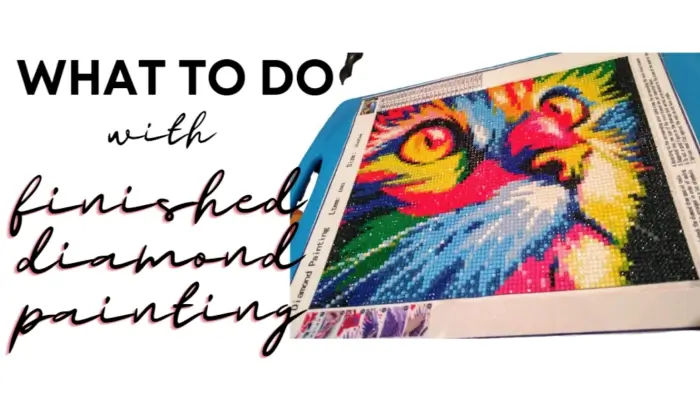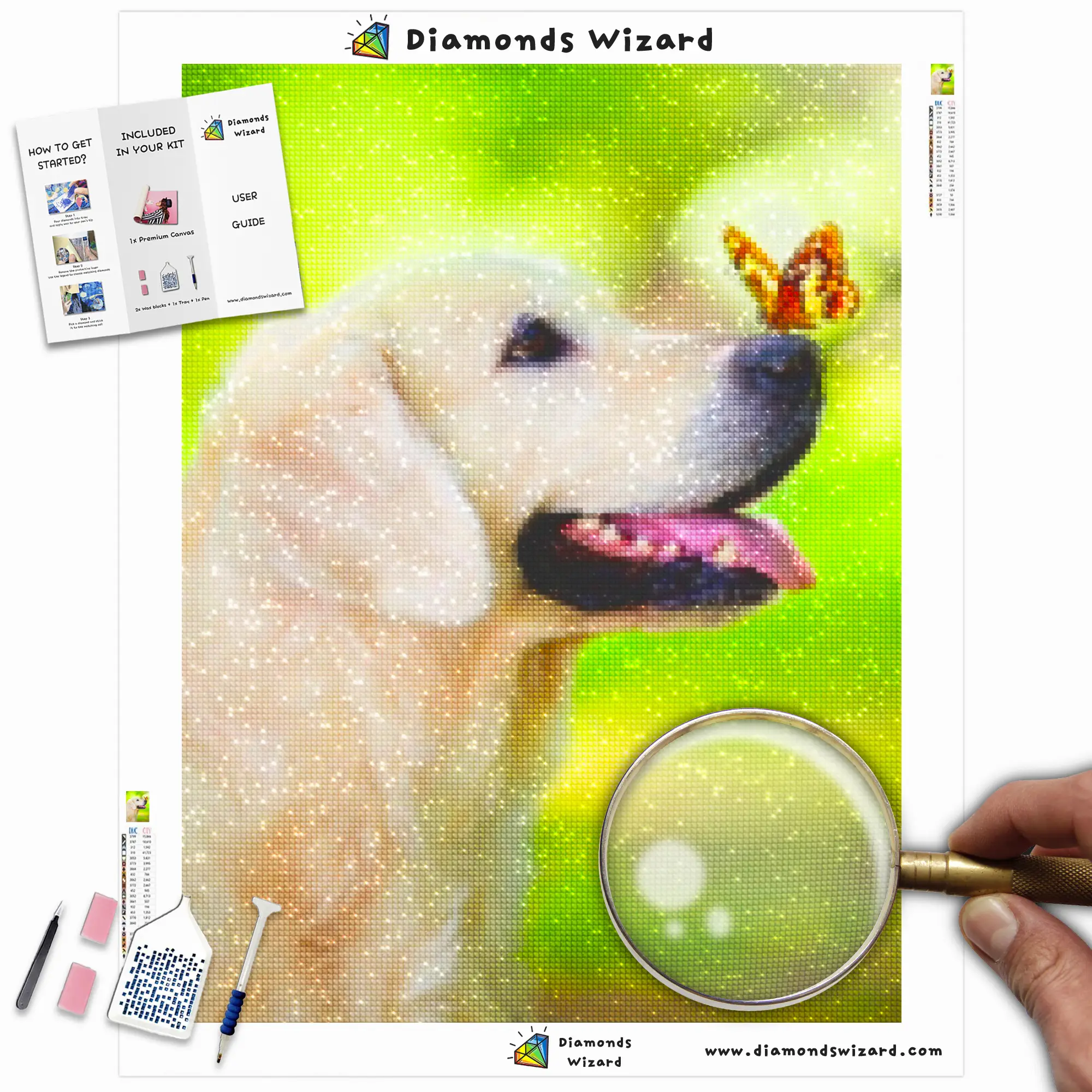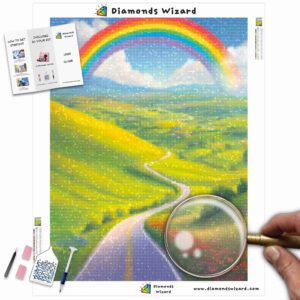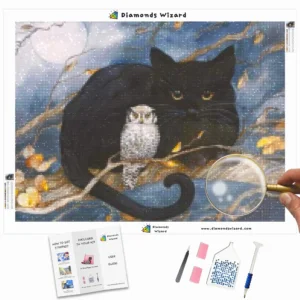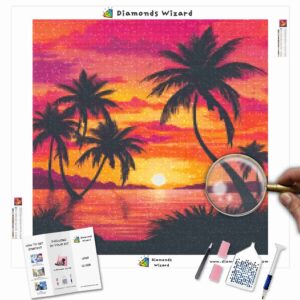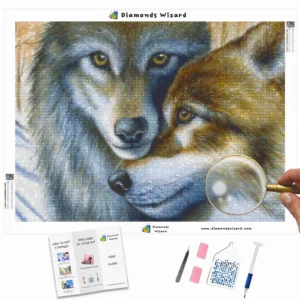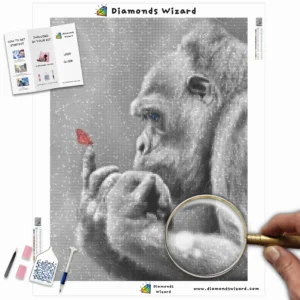Diamond painting is a popular way to add color and depth to your home. It’s also a great way to use up leftover paint or experiment with new techniques, so you might be tempted to finish up those projects right away. But doing so can leave behind a bit of an unfinished look that could take some time and effort on your part to fix. If you want an easy-to-repair solution for any imperfections in your diamond painting job (or just want another project), consider one of these options:
You can wait for the paint to air-dry, or you can clear it with an oil-based product
The most obvious thing to do is wait for the paint to air-dry. This will take a few days, but it’s worth it because you won’t have any problems with your finished product when you do finally get around to using it.
If you’ve got an oil-based product that can be applied over your diamond painting, this might be a good option for clearing your design if any traces of dried paint are left behind on the surface after waiting for several days or weeks. If not, solvent-based cleaners like Goof Off® or Simple Green® may help remove stubborn stains from plastic surfaces (but don’t use them on other materials).
Keep the surface clean and dry
- If you don’t clean the surface with a solvent-based cleaner, mildew can grow.
- If you don’t clear the surface with an oil-based product, the paint will harden
and crack. - Don’t use an oil-based product on plastic! It will leave stains behind that won’t come out easily when washed off later (unless they’re water-based). Also, don’t touch your finished diamond painting with your bare hands—it’ll transfer from them onto everything else in your home!
- If you want to refinish your diamond painting at some point in the future (or if you want fresh paint), consider using wood filler as part of the process when applying new layers of acrylic gloss over top of existing work—this will help fill in any gaps left when removing excess material during removal/repairing phases earlier along these lines.”
To spread wood filler:
- Use a putty knife to spread the filler, then let it dry before continuing with the other steps in this guide (see below).
- Sand down after applying all of your paints and finishing products on top of each other; this will make sure every part of your piece is covered evenly throughout its entirety—there won’t be any bald spots where no color was applied!
Finish up your diamond painting with a clear coat or wood filler
If you’ve finished your diamond painting with a clear coat, then it’s time to clean up.
Use an oil-based product to clear excess paint from the surface and keep it looking new by wiping it down with a soft cloth. Then use a solvent-based cleaner on plastic or vinyl trim if necessary. Keep the surface dry and use caution when cleaning: try not to get any water into cracks or small areas where there could be damage done by moisture seeping in behind after cleaning has been completed.
If you’re going to try and cover up a mistake in your diamond painting, start by applying a primer first. The best primers are acrylics or enamels, but they won’t match the color of the original paint perfectly. That’s why many people choose to use latex paints instead of acrylics or enamels — they’re much less expensive than the other two options and tend to work better as spacers between colors, too. Take full advantage of the skills you’ve just learned and make another painting, or try something completely different. The choice is yours…
Conclusion
That’s it! Now you can start enjoying your finished diamond painting. If you want to refinish the paint, you can use wood filler as part of the process. This will help to fill in any cracks or gaps between layers of paint, resulting in a seamless look that won’t show through from underneath.

